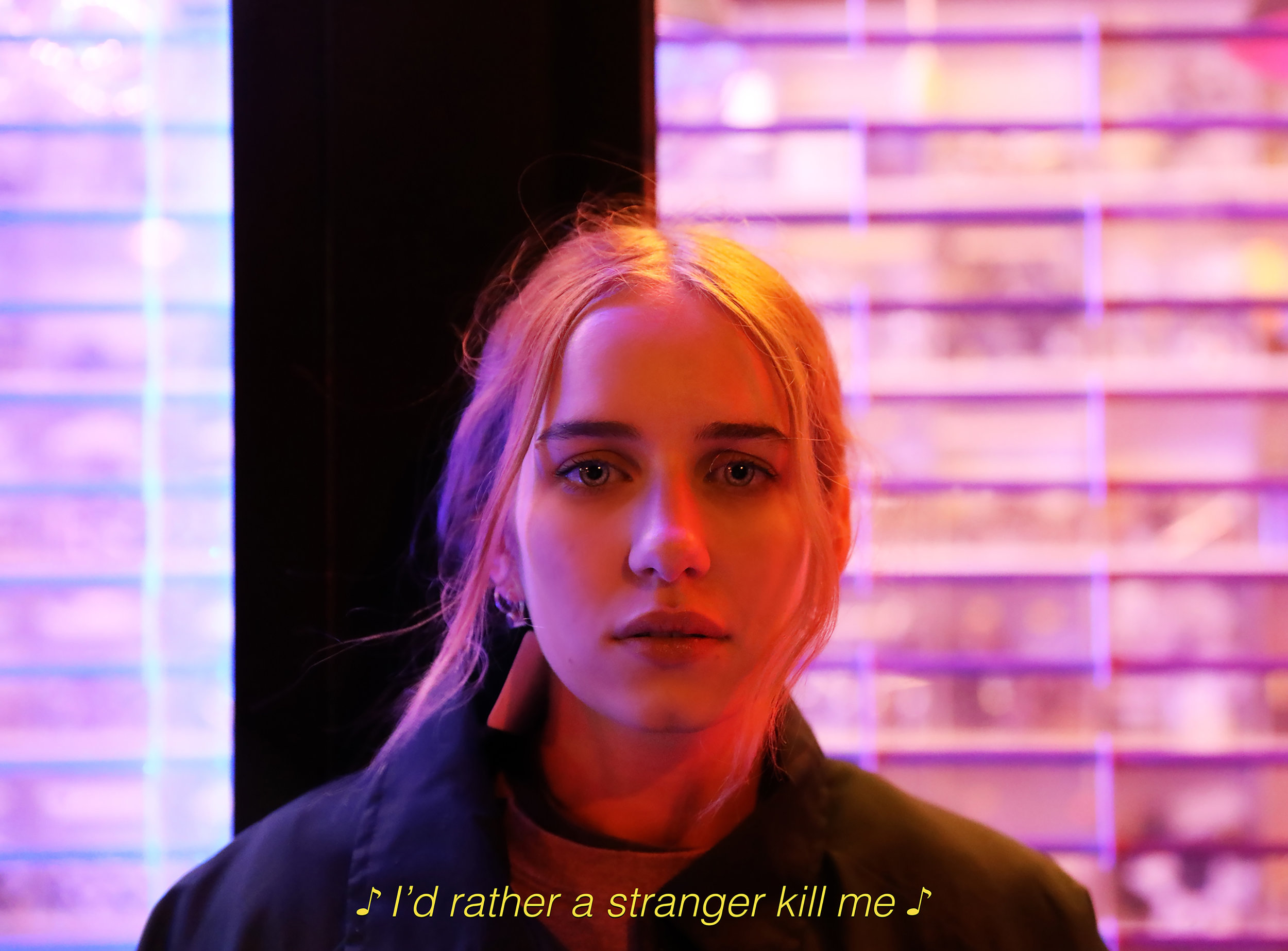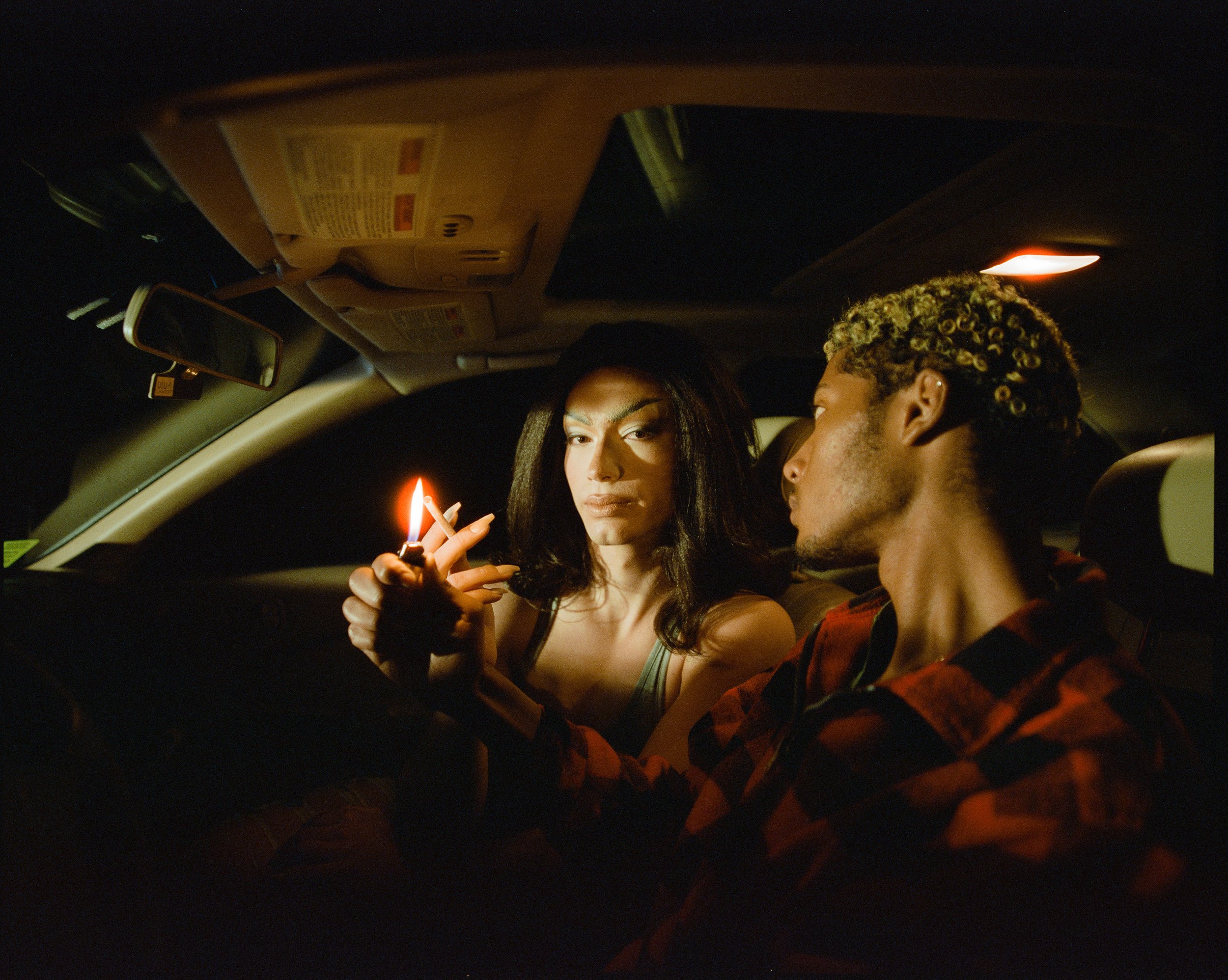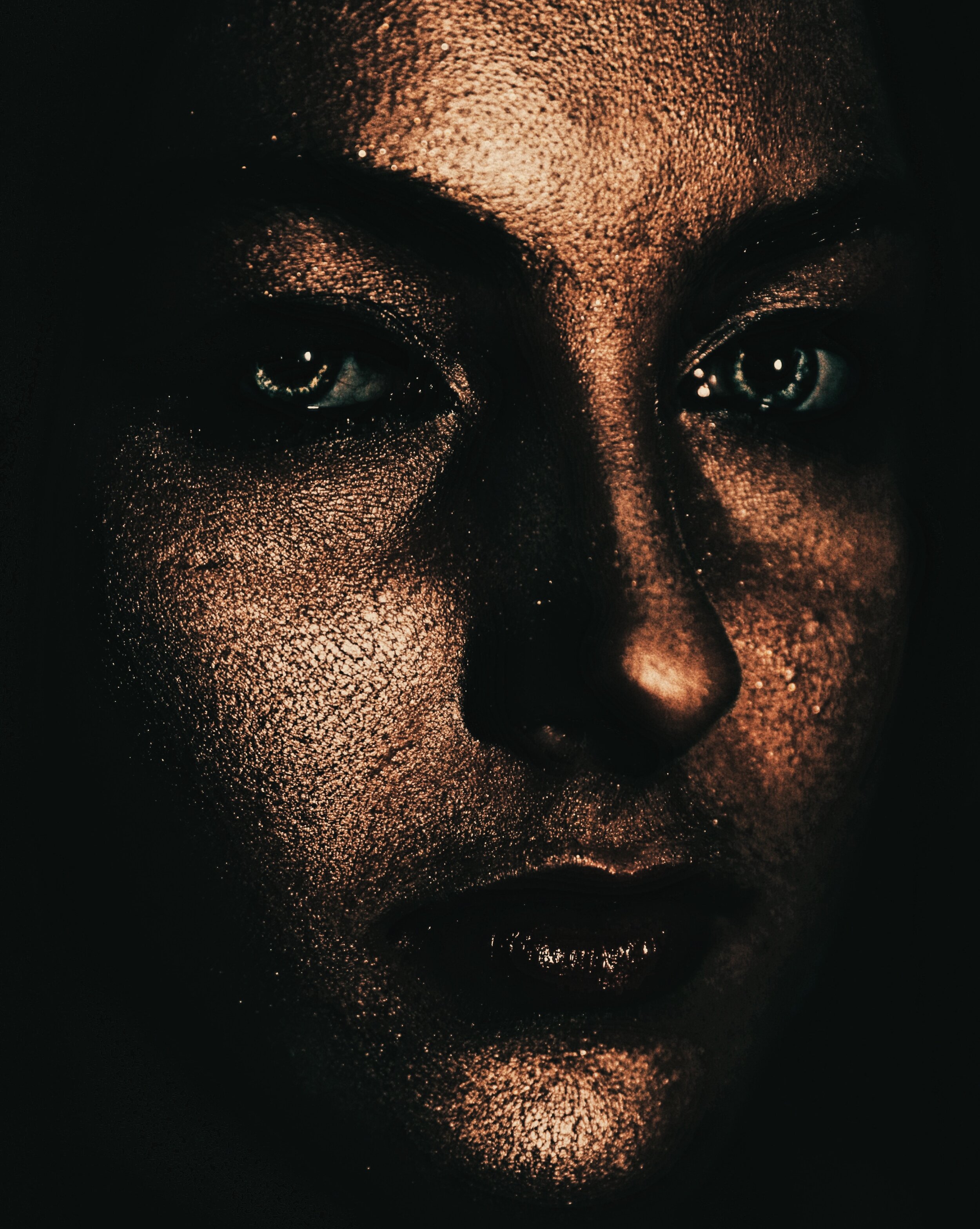UNUM
Log Line:
Psychologically-tormented social outcast Iso wakes from cryo-sleep in a cult’s den, haunted by the loss of her mother from a mysterious contagion. As she learns of the zealous and repressive practices of the fanatics and the horror that hunts their halls, she must decide if she is willing to endure the suffering of truth and be one with her past.
Project Overview:
12 minute live-action horror, sci-fi, romance film composited with psychedelic photorealistic character-creature VFX and particle animation.
Concept Imagery by Harrison Haft Made in Conjunction with Mid-Journey AI Art Generation Software








Sample 3D Animations for Unum’s VFX Made by Harrison Haft in Cinema4d
My Photographic Portfolio
16mm Short Films
written, directed, edited, sound-designed and shot by Harrison Haft
Five White Foxes
I Love You
Cross Process
Who am I?
Harrison Haft is A 22 Year old artist–working in painting, filmmaking, photography, 3D animation, digital manipulation, and mixed media sculpture–based in New York City. He recently completed his double theses in Film and Television Production and Studio Art: Painting with Honors at Wesleyan University. He is currently running his multi-media practice from his studio in East Williamsburg.
email: harrison@haft.com
Artist Statement
With saturation and dramatic surreal composition, Harrison Haft’s work directly addresses viewers forcing them to confront hybridities between gender and reality, offering vague, delicate alternatives with sharp edges. Using photographic references, which he stages and manipulates, he wishes to articulate experiences of queerness and otherness that manifest inner turmoil through visceral ruptures of fleshy reality and psychological trauma through physical corruption.
In articulating his response to a harmful historical erasure of queerness his work is not true although it may be figurative. He does not believe that the truth is of quintessential importance, as regardless of whether or not documentative figuration was in the work, he finds that such experiences could not be contained by the canvas. His imagery does not communicate clearly, but he does not hope it will. Rather, his goals are to provoke a natural response within each viewer. You have ascertained for yourself exactly what goes on in his work but he does not care to offer you an answer. Each who comes to the painting will have already decided for themselves. Unable to strip themselves from the culture of the concept of an innocent and defanged queer sexuality, they will see darkness grief and suffering emanating from the paintings. Or perhaps, he hopes, gentle, loving, powerful moments apart from the world.
By rendering imagery seen as so quintessentially modern in the vernacular of the old masters, his work could offer an anachronistic restorative gesture to the art historical erasure of queer identities.




















































































